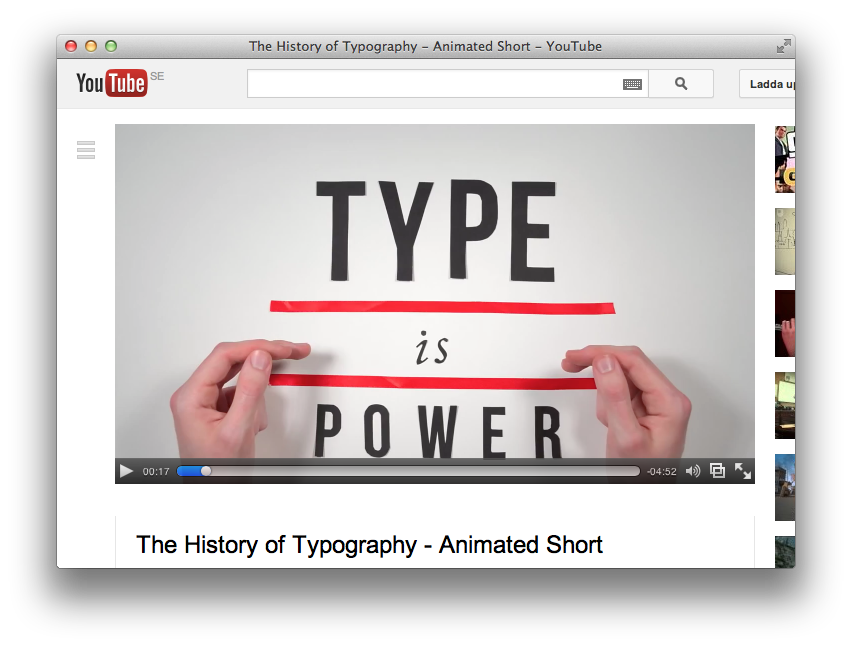Posts

Designing better graphs, part 2: Bar charts — simple but effective
In science, engineering and health communication data are often displayed through charts. The choice of the graphic form is far from rigid. For example, to show a percentage one can use both a pie chart and a bar chart. The choice depends on…

Zen Faulkes, Better Posters: “No frickin’ Comic Sans”
“[The blog] Better Posters is about making posters informative and beautiful”. Meet invertebrate neuroethologist Zen Faulkes at The University of Texas-Pan American.

Jennifer Briselli: “Help scientists approach science communication like designers”
”I want to help the science community communicate better.” So Jennifer Briselli, design strategist with a background in physics, education, rhetoric and design, started her two part article “Designing Science Communication” on medium.com.

Designing better graphs, part 1: Pie charts—popular but sometimes unclear
This is the first of a three part tutorial where Elena Milani (@biomug on Twitter), a science communicator with a neurobiology background, gives some advice on how to use graphs in a more effective way.

The von Restorff effect
This is a guest post from Crastina’s partner somersault18:24, originally posted on their website.
your audience will remember the unusual
Have a look at the picture above this blog post. That is the von Restorff effect…

Conversation with a Canva Community Outreach Specialist
Canva – a web tool for creating graphics – has a very interesting social media strategy, where they put special Community Outreach Specialists to work.

”Type is Power!” – great animated summary
Ben Barrett-Forrest, graphic designer ”for forward thinkers” , has made a great YouTube video about the history of typography.

